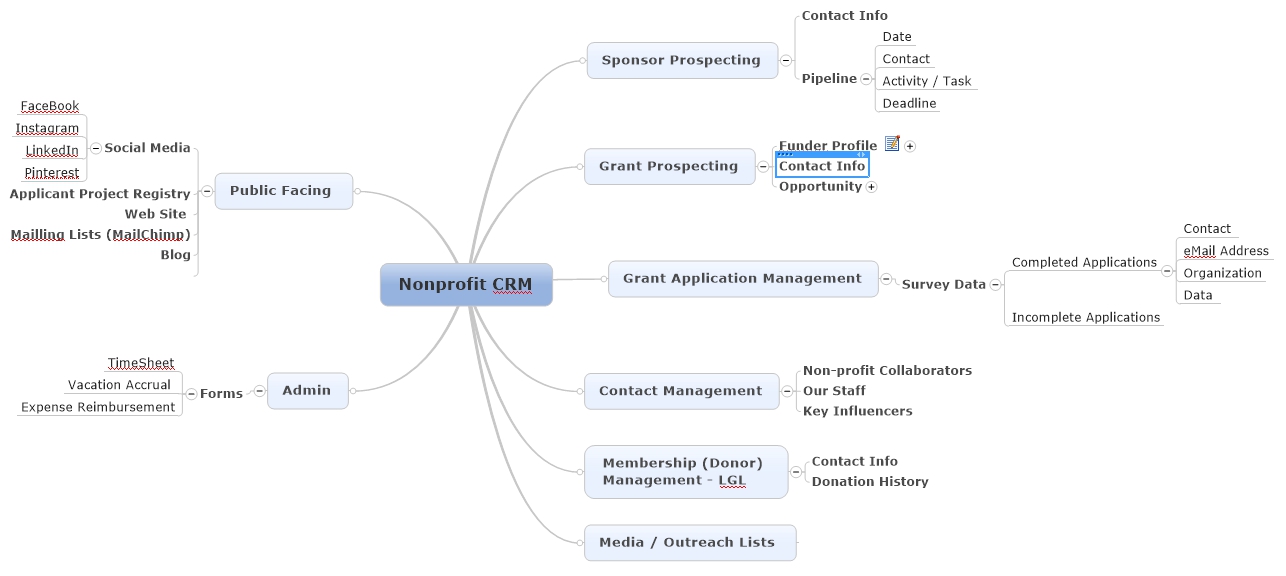I’ve just reviewed more than 135 grant applications. These particular applications were for an education project, but the principles involved are similar in other kinds grant funding situations such as arts, economic development, etc.
Each application question had a numeric score. Answers that were complete or innovative or even out-of-the-box received a higher score. At the end the highest-scoring applications got another look, and from these twenty programs receive the grant award.
What distresses to me is that there are so many creative, innovative and worthy ideas out there, but we can’t fund them all. Many times I’m reading about a terrific program idea, and rooting for it all along; then something goes awry and the application gets placed in the rejection pile.
I can’t respond to each and every applicant who didn’t make it, but if I could, here is what I’d tell them.
1. Read our instructions. We provided a PDF of the full grant application with all of the questions, and a full description of all of the scoring criteria. So we’re mystified that people obviously didn’t take advantage of these resources because clearly they hadn’t read the material. Among other hints, we stated that a successful application will show that you have support from your community, qualified personnel, and a coherent sustainability plan. We need you to show us how you will succeed.
2. Work out the answers to the questions before applying. Especially with online applications, the best approach is to have text available in a word-processing document so that you can simply cut and paste into our online form.
3. A grant application is an opportunity to put together a program with objectives, measures and value. Be able to articulate each of these clearly, with a series of bullets. Our application has a question; “Describe your program”. You must be able to describe your program in sufficient detail so that we can see see that you know what you are doing.
4. Unless you are specifically apply for a “planning grant”, don’t say you are planning, contemplating, or working something out. Say what you will actually do if we give you our money, equipment, and resources.
5. Tell us who is going to execute your proposal and their experience and qualifications.
6. What are the objectives of your project? How are you going to measure your success? What is the value to your constituency, your partners and wider community?
7. You can’t always do everything by yourself. What other resources are you providing and who are you working with on this problem? Applications get points for creating linkages and forming partnerships. As a grantmaker, we love leveraging the modest awards that we can make so that together we can accomplish as much as possible.
8. Start earlier! I’m always surprised how many applications came in on the last minute of the last hour of the deadline date. This may be fine if you don’t run into any technical problems, (or if we do on our end!) but it could be a disaster if something goes wrong.
9. Several applications didn’t make it because the applicant couldn’t manage our online application system. (We use the open-source LimeSurvey.) Among other things our application requires that you attach photos and pdf files. There are limitations on file sizes and formats. As I said to several applicants, “we’re really sorry that you are having trouble, but we have received several hundred applications successfully, so we don’t think the problem is on our end.”
9. We asked for a minimum of one letter of support from a partner, sponsor, or from your community, that is, someone other than the applicant. This needed to be either scanned and attached as a PDF.
10. We asked for photos. It may be a cliche, but a picture can be worth a thousand words.
You may not believe it, but we really enjoy evaluating responses to our grant proposals.The best (competitive) applications are not just complete and well-written; they have something creative, innovative and special which make them stand out. Some of the more interesting proposals build on an existing successful program which provides evidence that you can pull off the new project.
Finally, please keep trying! If you didn’t manage to get everything together on the first try, you have a leg up when you try next year. We look forward to seeing your improved proposal.
This article originally appeared on LinkedIn.

 In designing our non-profit CRM, we have been looking at all of the functions that we’d like to track. At a minimum, we think each of the entities above will use one database table. In practice each entity will have an associated “interaction” table and “look-up” tables that feed picklists of options.
In designing our non-profit CRM, we have been looking at all of the functions that we’d like to track. At a minimum, we think each of the entities above will use one database table. In practice each entity will have an associated “interaction” table and “look-up” tables that feed picklists of options.
